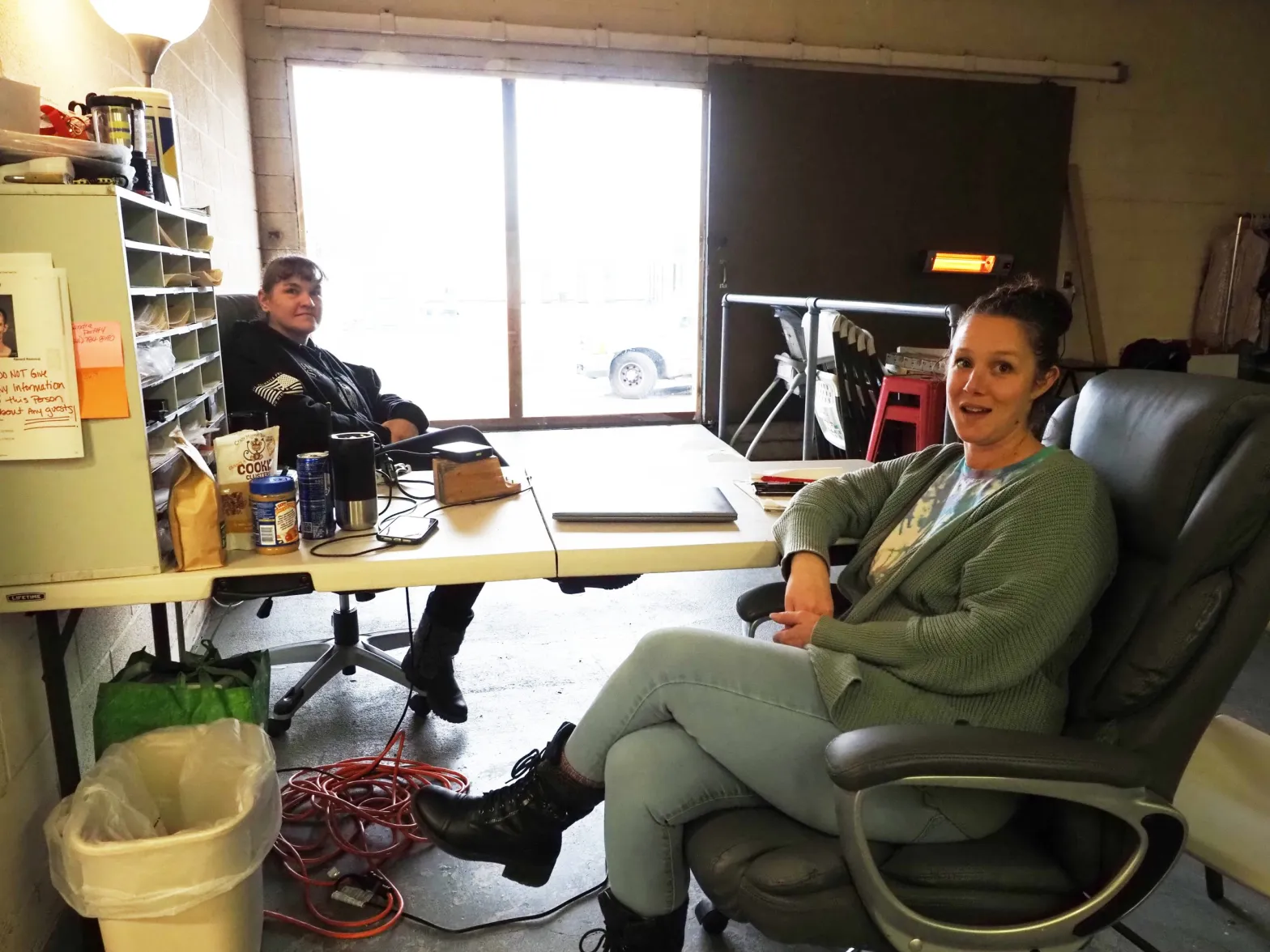What does homelessness in rural America look like?
In Southwest Oregon it looks like a city of under 25,000 residents with nearly 150 people on a waitlist for temporary housing.
In Eastern Kentucky, it looks like a severe shortage of affordable housing made immeasurably worse by a natural disaster.
For many tens of thousands of individuals and families in rural America, it looks like another anxiety-ridden night.
Homelessness in rural communities is generally less conspicuous than major cities like Portland, Oregon, or Los Angeles. “In rural communities, homelessness does tend to be more hidden,” said Adrienne Bush, director of the Homeless & Housing Coalition of Kentucky. “It expresses itself through housing insecurity, folks doubled up with friends or family, people couch surfing because they don’t have a place of their own.”
Nationwide, homelessness rose less than a half percent from 2020 to 2022 but almost 6% in rural communities. The reasons are many and varied.
A primary factor is, of course, the cost of housing, said Lance George, director of research and information at the Housing Assistance Council in Washington, D.C. Wages are often stagnant, he said, and housing costs keep rising.
Compounding the problem is the fact that because large-scale development is rare in rural communities, construction costs are often higher and there’s therefore less incentive for private investment.
But some rural communities are rising to the challenge, recognizing that getting people into at least temporary housing is critical to the health and well-being of the entire community.
George said working with community-based organizations inspires him.
“They’re incredibly resourceful and ingenious and work on shoestring budgets and get amazing amounts of work done. They provide amazing services for their communities. And that inspires my hope.”
Two such examples are found in rural Oregon and Kentucky.
Roseburg (pop. 23,701), Oregon, is the county seat for Douglas County and claims to be the “Timber Capital of the Nation.” The county is big and primarily rural. It stretches some 100 miles from north to south and 200 from the Pacific coast inland to the east.
To put it in perspective, it’s bigger than the state of Connecticut.
Located on the southern edge of Roseburg’s downtown is the Gary Leif Navigation Center, a shelter that provides a place to sleep and a variety of wraparound services for the unhoused, which is the term many housing advocates prefer.
The county’s size adds multiple layers of complexity to caring for the unhoused – insufficient transportation, problems with locating individuals to reconnect them with family, and centralized social services – making access problematic to many outside Roseburg. And there are many who need help.
During the 2023 Point-in-Time Count, a nationwide annual event designed to estimate the number of unhoused people on a given night, 150 people showed up to be counted and another 200 were counted across homeless encampments in the county.
The center has been open since the summer of 2022 and currently provides 10 pods that offer an air-conditioned and heated safe environment for individuals to sleep and store their belongings. The pods are 8 feet square and contain some basic storage, beds, and a place to lock a bicycle on the outside.
The shelter’s guests can also cook and store their own food in a communal kitchen in a separate building.
It’s operated by the United Community Action Network. According to Shaun Pritchard, UCAN’s executive director, being a known entity in the rural community is one of the keys to success.
“Our ability to do this is really because we’re a trusted community partner,” Pritchard said. “If you had somebody coming in from the outside to try to do this work, it probably wouldn’t go over so well.”
“We’ve been here 50 years; we’ve run the public bus system, we run…the food bank. People know us, we’re their friends and neighbors, and so they know we’ll give it our best shot to try to do this work, and they don’t expect perfection out of us.”
Nicole Brown, now a member of the shelter staff, experienced homelessness herself. When she heard about the job opening at the center, she jumped at the opportunity. “I wanted to be on the frontlines,” she said.
The pods are phase one of the project. Phase two is underway and includes remodeling the adjacent building into a congregate shelter with an additional 30 beds. Once complete, it will be a low-barrier shelter and the pods will be exclusively for family housing.
A low-barrier shelter means that almost anyone who comes through the door will be taken care of, regardless of their past or present problems and life circumstances, said Erica Kimrey, UCAN’s shelter program manager. Only people with Level 3 sex offenses can’t be served at the shelter.
Kimrey said there are 136 people on the waitlist for a spot in the pods. Of those, 39 are “medically needy” or have kids. Everyone currently being housed has an income, either through employment or Social Security, she said.
Kimrey said about half of the homeless population in Roseburg comes from the area. Others arrive via the I-5 corridor, many of them victims of wildfires or the pandemic. Still more are in the area seeking treatment at the local VA hospital.
“The VA plays a huge role in bringing people to this community because of how large it is and the fact that it provides not just mental health services, but it has housing and urgent care services,” Kimrey said.
Tackling Rural America’s ‘Hidden’ Hous
ing Crisis




